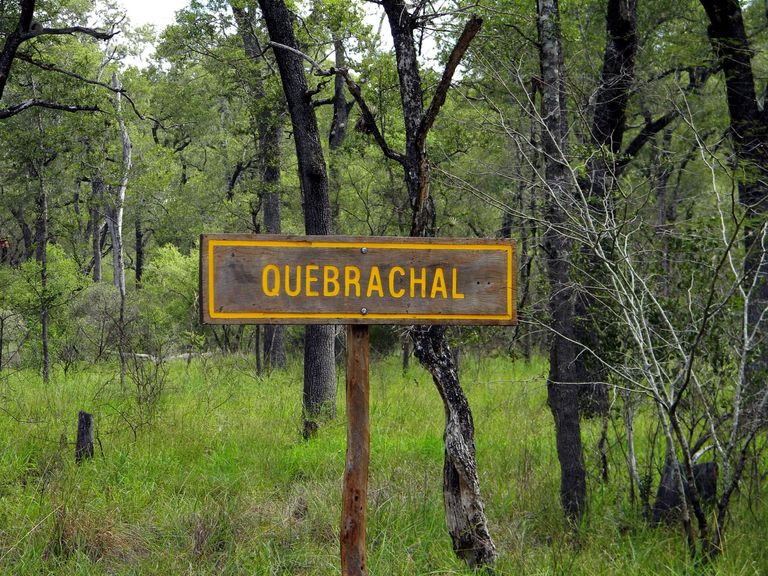
In the northeast of Santiago del Estero, in the very heart of the Impenetrable, we find one of the last redoubts of the quebrachal that survived the fierce exploitation it had in the rest of the province thanks to a lesser accessibility and distance from the railway. With its more than one hundred thousand hectares, this National Park constitutes an important sample of the ecoregion of the Dry Chaco.
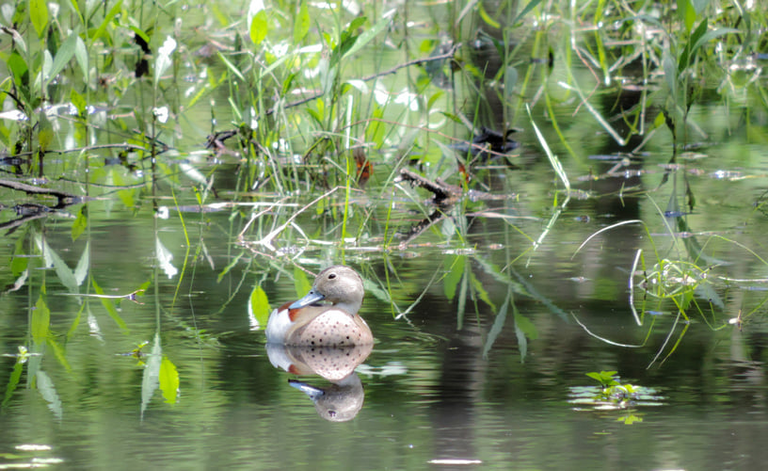
The Chaco National Park, which belongs to the humid Chaco region, was created with the purpose of preserving the Quebracho Colorado Mountains.
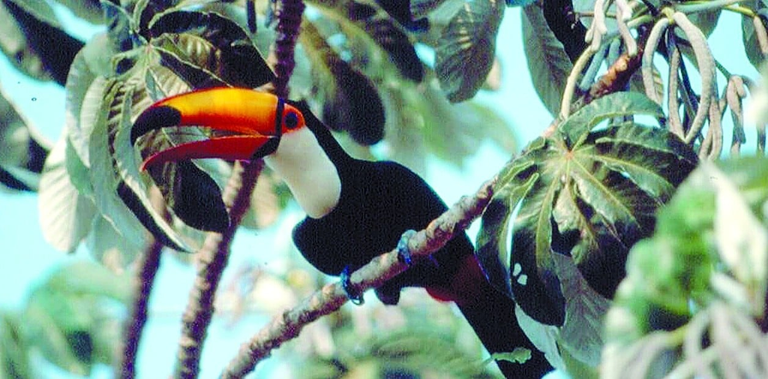
In 1954, the Chaco National Park was created as a protected natural area to conserve and protect the landscape of the Eastern Chaco region, in which the red quebracho is a symbolic species. The site is located about 120 km from the city of Resistencia and covers a protected area of 15,000 hectares.
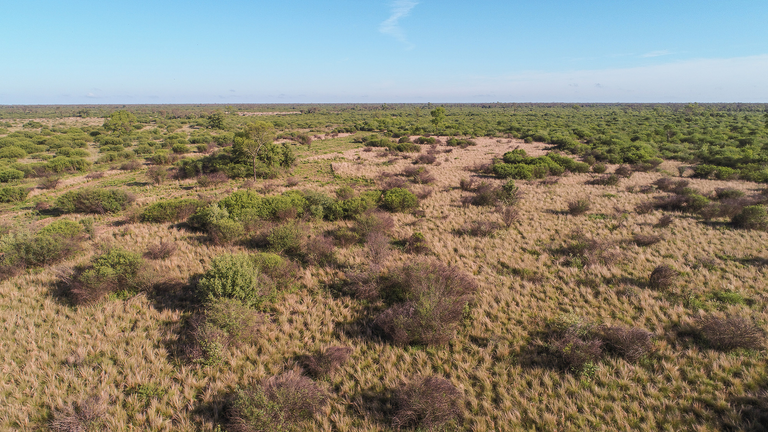
The park protects the forests of the red quebracho, a tree that due to the good quality of its wood, very robust and rich in tannin, has suffered a great process of logging until it has become endangered, as well as the howler monkey and the talking parrot, the anteater, the common rhea and the caiman.
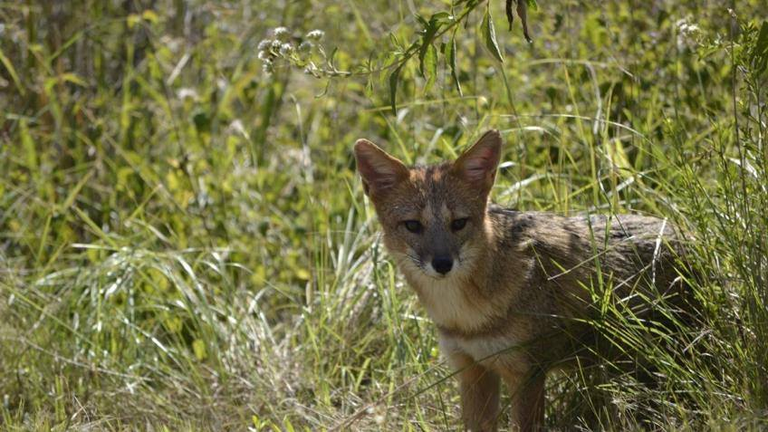
The area is home to a great diversity of fauna, made up of 56 species of mammals, 49% of which are found in the Humid Chaco, such as herons, storks, ducks and water cockerels, 341 species of birds, 36 species of reptiles, 28 species of amphibians and 38 species of fish. Within the park there are different landscapes, such as hills with trees up to 15 m high, savannahs, marshes and lagoons. The lagoons are Panza de Cabra, Yacaré and Carpincho.
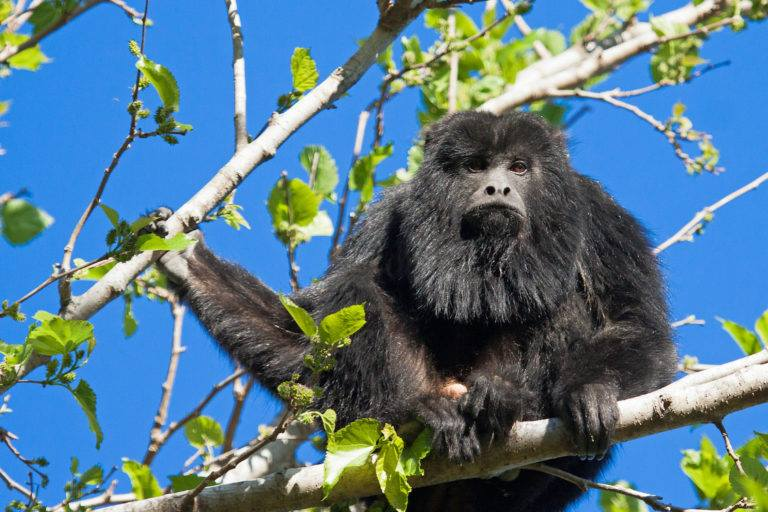
There are three representatives of our fauna in danger of extinction that inhabit this National Park, which are worth mentioning: the yaguareté, the tatú carreta and the chancho quimilero. The latter is so called because it feeds on the fruits and stalks of the quimil (Opuntia quimilo), an arborescent cactus typical of this region. But also the great anteater, the crowned eagle and the vizcacheras boa, among other endangered species of the native fauna.
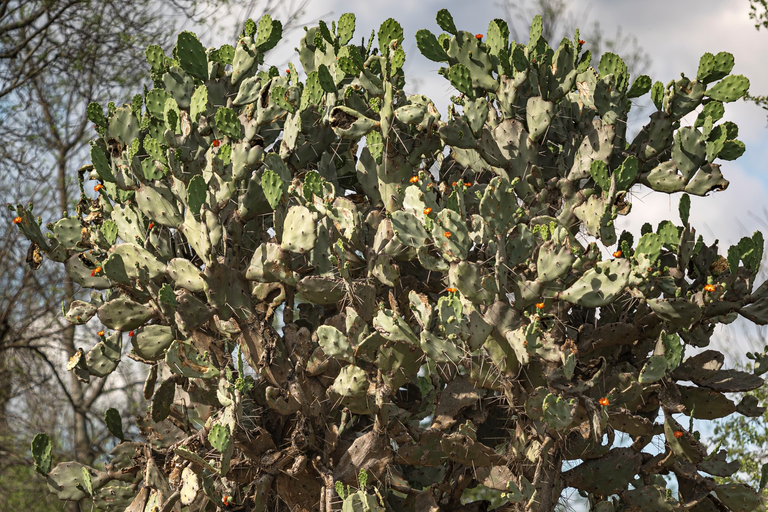
Among the activities that can be carried out, the site has different areas for camping, as well as a pedestrian path along the Negro River, with two sections to walk along. The first section can be travelled by car and leads to the Carpincho and Yacaré lagoons, some 5 kilometres away, where you can go bird watching, and on the other trail you can appreciate the native trees.
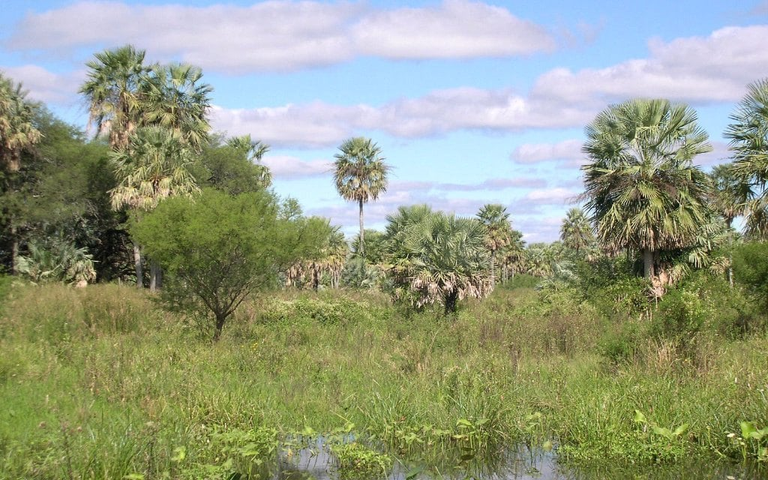


En el noreste de Santiago del Estero, en el corazón mismo del Impenetrable, se encuentra uno de los últimos reductos del quebrachal que sobrevivió a la feroz explotación que tuvo en el resto de la provincia gracias a una menor accesibilidad y distancia del ferrocarril. Con sus más de cien mil hectáreas, este Parque Nacional constituye una importante muestra de la ecorregión del Chaco Seco.
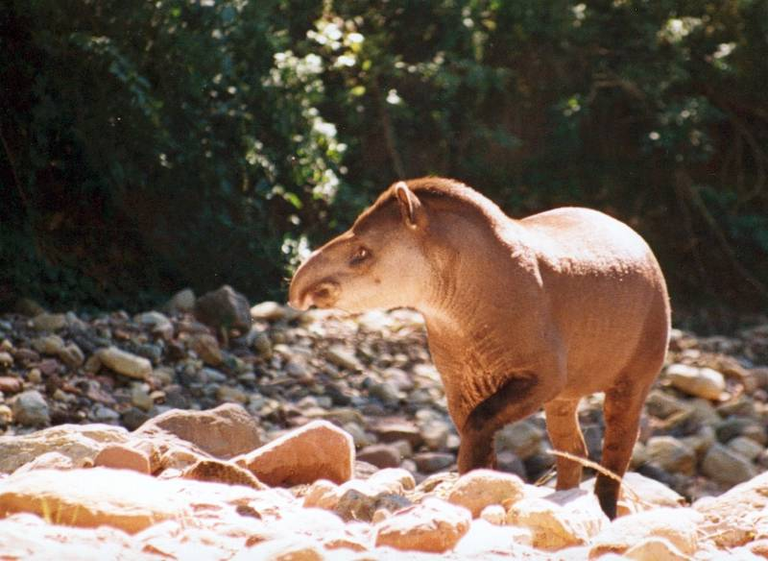
El Parque Nacional Chaco perteneciente a la región del chaco húmedo fue creado con el fin de preservar montes de quebracho colorado.
En 1954, se creó el Parque Nacional Chaco, un área natural protegida con el objeto de conservar y proteger el paisaje de la zona Oriental del Chaco, en el cual el quebracho colorado es una especie simbólica. El sitio se encuentra a unos 120 km de la ciudad de Resistencia y cuenta con un área protegida de 15.000 hectáreas.

El parque protege los bosques de quebracho colorado, un árbol que debido a la buena calidad de su madera, muy robusta y rica en tanino, ha sufrido un gran proceso de talado hasta llegar a ponerse en peligro de extinción, como también el mono aullador y el loro hablador, el oso hormiguero, el ñandú común y el yacaré overo.
En la zona habitan una gran diversidad de fauna, conformada por 56 especies de mamíferos, el 49% ubicada en el Chaco Húmedo como por ejemplo garzas, cigüeñas, patos y gallitos de agua, 341 especies de aves, 36 de reptiles, 28 de anfibios; y 38 especies de peces. Dentro del parque existen distintos paisajes, tales como los montes compuestos por árboles de hasta 15 m de altura, sabanas, esteros y lagunas. Las lagunas son Panza de Cabra, Yacaré y Carpincho.
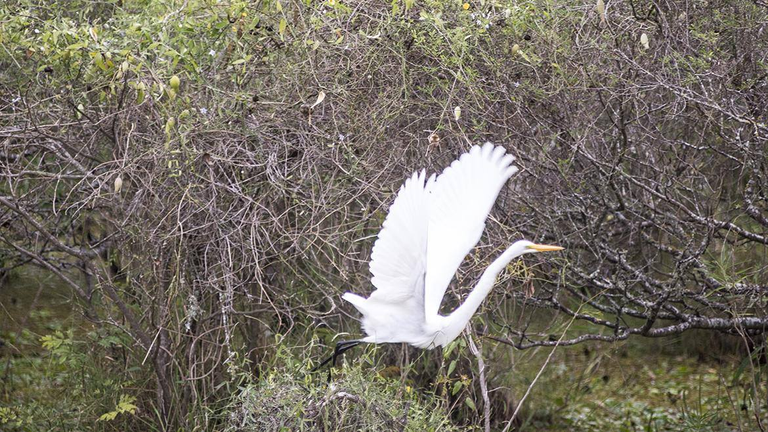
Hay tres representantes de nuestra fauna en peligro de extinción que habitan este Parque Nacional, que merecen destacarse: el yaguareté, el tatú carreta y el chancho quimilero. Este último denominado así porque se alimenta de los frutos y pencas del quimil (Opuntia quimilo), un cactus arborescente típico de esta región. Pero también el oso hormiguero grande, el águila coronada y la boa de las vizcacheras, entre otras especies amenazadas de la fauna nativa.
Entre las actividades que se pueden realizar, el sitio cuenta con distintas zonas donde acampar además del sendero peatonal del río Negro, con dos tramos para recorrer. El primer tramo puede recorrerse en auto y conduce a las lagunas Carpincho y Yacaré a unos 5 kilómetros, en el que se pueden realizar avistajes de aves, y en el otro sendero es posible apreciar los árboles nativos.
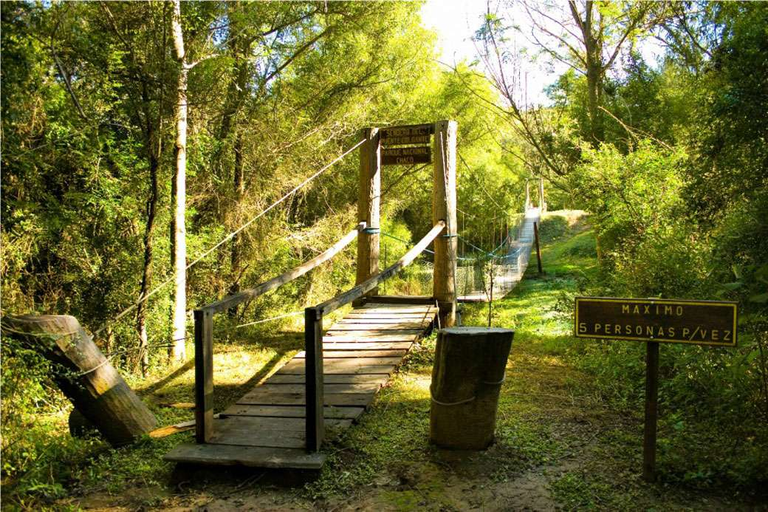
Source images / Fuente imágenes.

Source background image / Fuente imagen de fondo: Ruta 40.


Sources consulted (my property) for the preparation of this article. Some paragraphs may be reproduced textually.
Fuentes consultadas (de mi propiedad) para la elaboración del presente artículo. Algunos párrafos pueden estar reproducidos textualmente.
| Argentina Discovery. |  |
|---|---|
| Galería Fotográfica de Argentina. |  |
| Viaggio in Argentina. |  |
| Patagonia Express. |  |

Upvoted. Thank You for sending some of your rewards to @null. Get more BLURT:
@ mariuszkarowski/how-to-get-automatic-upvote-from-my-accounts@ blurtbooster/blurt-booster-introduction-rules-and-guidelines-1699999662965@ nalexadre/blurt-nexus-creating-an-affiliate-account-1700008765859@ kryptodenno - win BLURT POWER delegationNote: This bot will not vote on AI-generated content
Thanks @ctime and curators team.